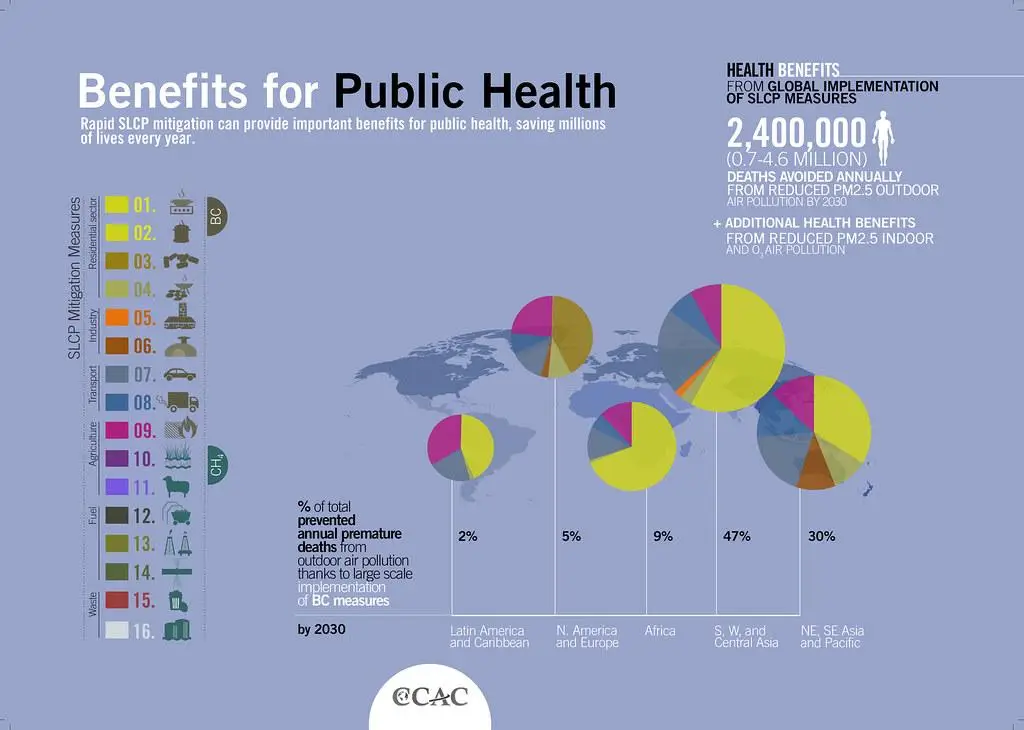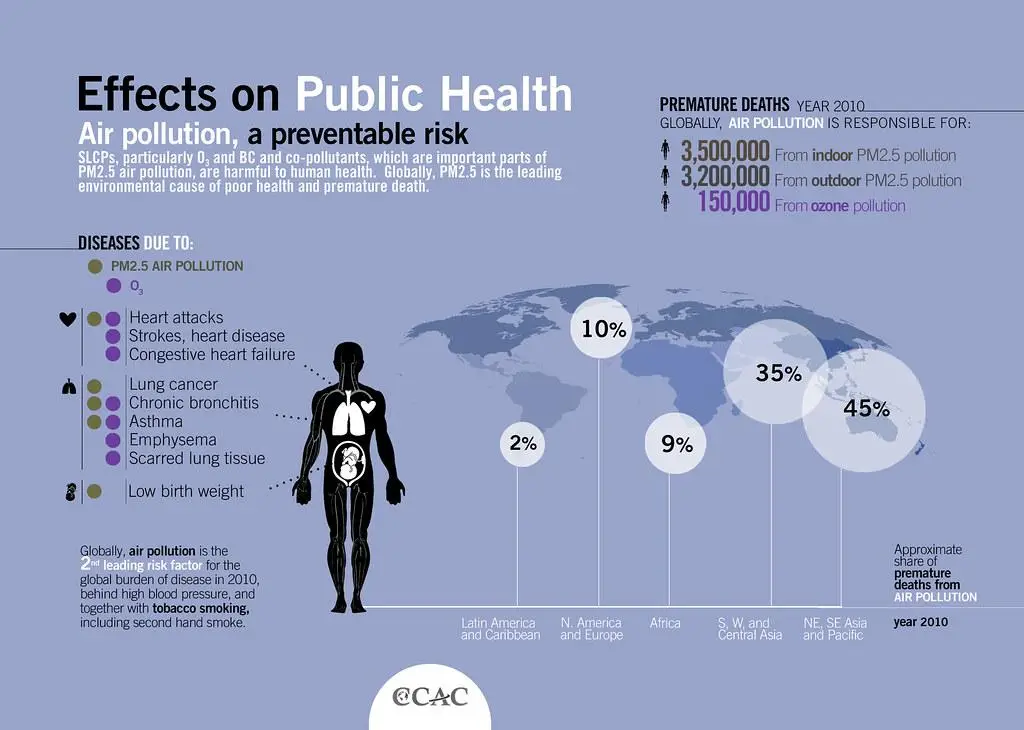In the bustling metropolis of Los Angeles, the concept of public health takes on a whole new level of complexity and importance. From combating infectious diseases to addressing social inequalities, “la public health” plays a vital role in shaping the well-being of Angelenos. In this article, we will explore the various facets of public health in the City of Angels, shedding light on the challenges and innovations that define the field in this vibrant urban landscape.
The Importance of Preventative Care in Public Health

Preventative care plays a crucial role in maintaining public health by focusing on disease prevention and early detection. By taking proactive measures to stay healthy, individuals can significantly reduce their risk of developing chronic illnesses and improve their overall quality of life.
One of the key benefits of preventative care is its ability to catch potential health issues before they escalate into more serious problems. Regular screenings and check-ups can help identify health concerns early on, allowing for prompt intervention and treatment. This proactive approach not only saves lives but also reduces healthcare costs in the long run.
Additionally, preventative care promotes healthy lifestyle habits that can help prevent the onset of various diseases. By emphasizing the importance of exercise, balanced nutrition, and stress management, individuals can maintain optimal health and well-being. Educating the public on the significance of preventive measures is essential for fostering a culture of health and wellness in the community.
Overall, investing in preventative care initiatives is a valuable strategy for promoting public health and improving population health outcomes. By prioritizing preventive measures, we can empower individuals to take charge of their health and well-being, leading to a healthier and more resilient society as a whole.
Examining the Impact of Socioeconomic Factors on Public Health Outcomes

When it comes to public health, socioeconomic factors play a crucial role in determining the outcomes of different communities. These factors can include income level, education, employment opportunities, access to healthcare, and living conditions. Examining how these variables impact public health outcomes can provide valuable insights into the disparities that exist within our society.
One way in which socioeconomic factors can influence public health is through access to healthcare services. Individuals with lower incomes or limited access to health insurance may forgo necessary medical care, leading to untreated illnesses and poorer health outcomes. Additionally, those living in impoverished neighborhoods may face environmental hazards that negatively impact their health, such as exposure to pollutants or lack of access to healthy foods.
Education also plays a significant role in public health outcomes. Individuals with higher levels of education tend to have better health outcomes overall, as they are more likely to make informed decisions about their health and seek out preventative care. Furthermore, employment opportunities can impact public health by providing individuals with financial stability and access to employer-sponsored health insurance.
Overall, can shed light on the underlying causes of health disparities in our communities. By addressing these issues and implementing policies that promote health equity, we can work towards creating a healthier and more equitable society for all.
Implementing Community-Based Interventions for Improved Public Health

Community-based interventions play a crucial role in improving public health outcomes by addressing the root causes of health disparities and promoting wellness among populations. By engaging with local communities, health organizations can tailor their interventions to meet the specific needs and challenges faced by residents.
**Key Components of Successful Community-Based Interventions:**
- Collaboration with community leaders and stakeholders
- Educational workshops and outreach programs
- Access to affordable and culturally sensitive healthcare services
- Promotion of healthy behaviors and lifestyles
**Examples of Effective Community-Based Interventions:**
| Intervention | Impact |
|---|---|
| Mobile healthcare clinics | Increased access to healthcare services for underserved communities |
| Community gardens | Promotion of healthy eating habits and physical activity |
| Local fitness programs | Improvement of cardiovascular health and overall well-being |
Overall, implementing community-based interventions requires a collaborative and multi-faceted approach to address the complex factors influencing public health. By investing in these initiatives, we can create lasting positive changes and empower communities to lead healthier lives.
Promoting Access to Healthcare Services for Underserved Populations

Access to healthcare services is a fundamental human right that should be available to all individuals, regardless of their background or socioeconomic status. Unfortunately, many underserved populations face barriers in obtaining the care they need, leading to disparities in health outcomes. At la public health, we are committed to promoting access to healthcare services for these marginalized communities.
One way we are working towards this goal is by partnering with local community health centers to provide affordable and culturally competent care to underserved populations. These centers offer a range of services, from preventive screenings to chronic disease management, ensuring that everyone has access to the care they need to stay healthy. By building strong relationships with these centers, we are able to connect individuals to the resources and support they need to lead healthy lives.
Additionally, we are working to raise awareness about the importance of healthcare access through community outreach and education. By hosting workshops, health fairs, and informational sessions, we are able to reach underserved populations and provide them with the knowledge and tools they need to take control of their health. Through these efforts, we hope to empower individuals to advocate for themselves and seek out the care they deserve.
Q&A
Q: What is “la public health”?
A: “La public health” refers to the field of public health, which focuses on protecting and improving the health of communities and populations through education, promotion of healthy behaviors, and disease prevention.
Q: How does “la public health” differ from individual healthcare?
A: While individual healthcare focuses on treating and managing illnesses and diseases in individual patients, “la public health” takes a broader approach by addressing the health of entire populations and communities through research, policy development, and outreach initiatives.
Q: What are some examples of public health initiatives?
A: Public health initiatives can include vaccination campaigns, smoking cessation programs, clean water initiatives, and efforts to reduce obesity rates. These initiatives aim to improve overall health outcomes for a large number of people.
Q: How does “la public health” impact society as a whole?
A: By promoting healthier behaviors and reducing the prevalence of diseases and illnesses, “la public health” helps to improve the quality of life for individuals and communities. It also helps to reduce healthcare costs and lessen the burden on healthcare systems.
Q: What role do government agencies play in “la public health”?
A: Government agencies at the local, state, and national levels often play a key role in public health initiatives by funding programs, setting health policy guidelines, and overseeing public health campaigns. They work in collaboration with healthcare providers, community organizations, and other stakeholders to promote the health and well-being of the population.
In Conclusion
In conclusion, La Public Health plays a vital role in promoting the well-being of communities in Los Angeles. Through education, prevention, and intervention, public health professionals work tirelessly to ensure the health and safety of all residents. By addressing various health challenges and disparities, La Public Health strives to create a healthier and more equitable society for all. Let us continue to support and champion the important work of public health in our community. Together, we can build a healthier and happier future for everyone.




Pingback: organization world health - Dr Strong
Pingback: european health insurance card - Dr Strong